This post is going to be a little different, but one I hope you will find both interesting and intriguing. Over the past three or four years, I’ve started receiving and accepting photo restoration jobs that I have come to enjoy more than I ever thought I would. In recent years, I’ve realized I’d kind of gotten a knack for it, and what might be very nerve-wracking for some, I welcome the challenge when it comes to handling very old, one-of-a-kind, irreplaceable, and usually very damaged or brittle prints. I like to see what I can do to artfully and skillfully add new life to an original print.
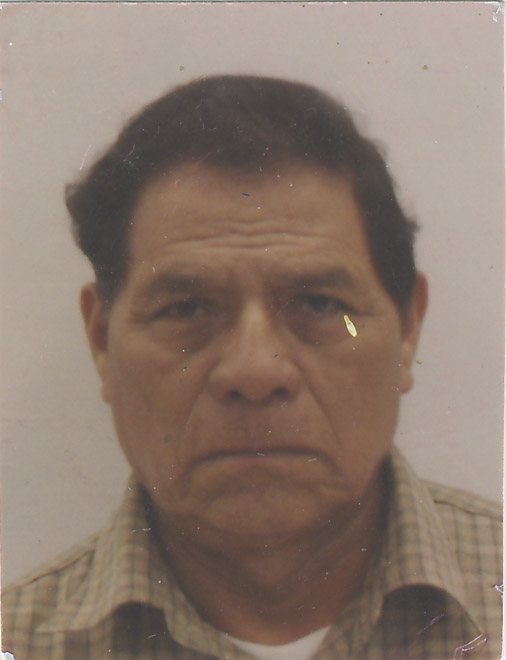
Original High-Resolution Scan
Comparison for Scale of Original Print
The example I’m going to use is a tiny, well-worn 1.5″ X 2″ wallet print (it’s actually almost half of a traditional wallet print) of a client’s recently deceased grandfather that also happens to be the only photograph of him in existence. I received this original photograph yesterday with the instructions to try and restore some of the damage and if possible, enlarge it so larger prints could be made of it for various family members. It requires no small amount of trust and confidence to leave such a valuable and irreplaceable family treasure into the hands of someone who will take it into their care until it is returned safely and in the same condition it was delivered.
Pits, Scratches & Faded Ink
More Pits, Scratches & A Crumpled Corner
After several very high-resolution scans of different custom settings I’ve come up with over the years, I instantly knew that this was going to be tough. The paper was really poor quality, and the ink quality was terrible. From experience I know in the United States papers and inks around this age (I’m guessing this print is about 50 years old) were nowhere near what they are today, and as this print was made near Oaxaca, Mexico and it’s possible that this was the best of materials available at the time. Acids in the ink had left the print pitted, abrasion had left numerous scratches on the paper, and there were some creases where the corners had been bent, leaving discoloration and fading in the ink. To make things much worse, the portrait was slightly out of focus – the worst situation for an enlargement job.
Final Edit with Fixed Flaws and Corrected Sharpness (as much as was possible)
After about an hour and a half of small incremental tweaks and zooming in extremely close and manually fixing each scratch, blemish and flaw individually, I felt I had done the best I could to bring the photograph back to its probable original condition. A lot of work was done to gently increase contrast, sharpness, make lights lighter and blacks blacker so that the ink didn’t look as faded and some of the almost invisible facial features eased back out of time and history. The only real problem was that since the photographer didn’t take a very sharp image in the first place, enlarging this tiny print to a file size that would print at 5″ X 7″ was going to result in more than a little degradation in quality. I had to decide on how much loss of quality was going to be acceptable, and doing a series of tiny sharpening functions seemed to be my best (if not only) choice. The good thing is that once printed on paper, the artifacts leftover by digital enlargement will be somewhat softened by the way the ink reacts and dries on the paper.
This image was the first time I’ve ever done such a small restoration, as most of the ones I do are quite large to massive jobs that require an often 100-year old frame to be carefully taken apart to get at the usually crumbling or mildewed print fused inside. Most of these kinds of jobs I’ve been doing over the past three to four years have been done solely on word-of-mouth as I haven’t advertised it as a regular service I provide. Starting as of the first of this year, I will be doing more of this kind of work and will soon have a section on our website describing in detail options will be available, nationwide. It is an exciting and rewarding counterbalance to my usual fine art nature photography, wedding and commercial photography that keeps me busy most of the time. If you’d like a quote or to ask a question about restoring some of your old photographs, please contact me in the comments section below or by email at rich@leightonphotography.com.
Rich Leighton January 9, 2014

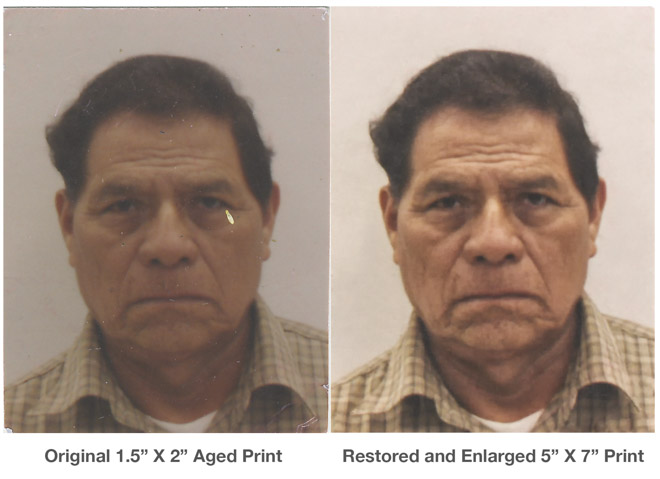
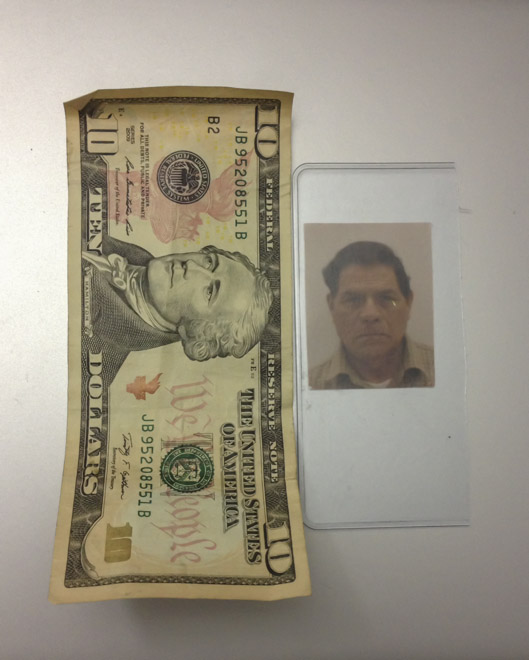
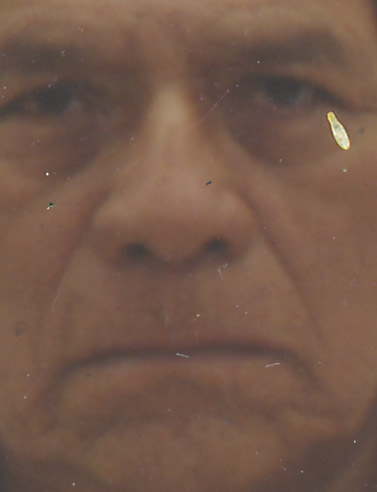
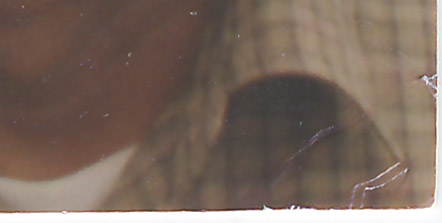
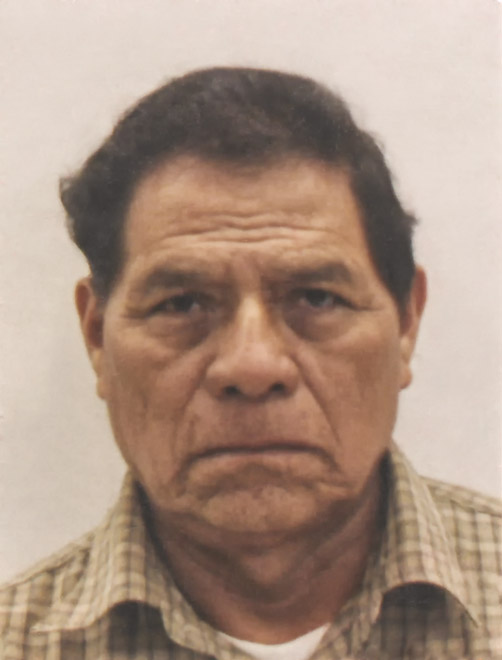

Trackbacks/Pingbacks